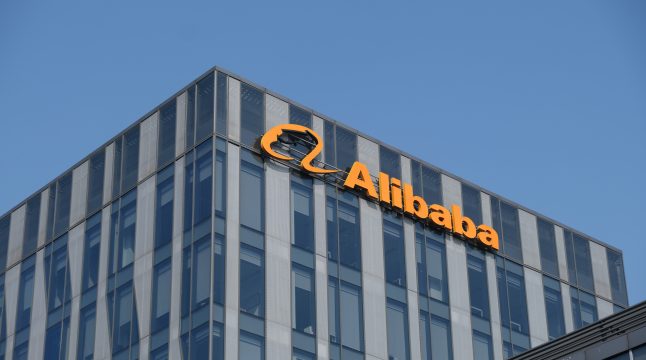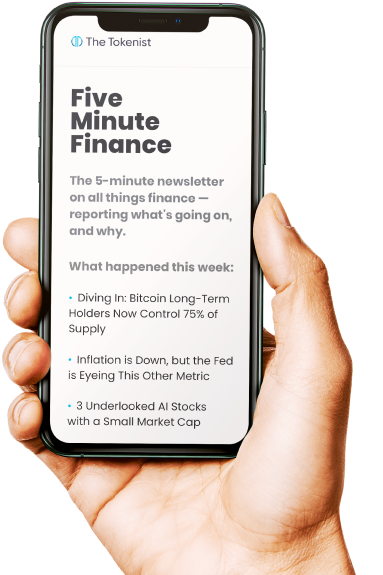
China Tech Rebounds: 3 Opportunities Amid Regulatory Easing
Year-to-date, China’s Hang Seng Tech Index (HSTECH) greatly outperformed its broader American tech counterpart Nasdaq-100 (NDX) at 45.36% versus 15.44% respectively. In late 2020, following the critical speech of Alibaba’s founder Jack Ma, China started cracking down on its tech sector.
This was unsurprising to followers of elite theory, as “rival castles” are often taken down to secure the dominance of the existing elite, in this case the Chinese Communist Party (CCP). As a result, under the concern of “disorderly expansion of capital”, alongside data security and antitrust focus, Chinese tech companies took a big valuation hit.
However, China’s state-run capitalism, mirroring that in the U.S., ultimately relies on a vibrant tech sector to maintain both economic growth and geopolitical leverage. The regulatory pendulum first swung back in June, with the announcement to ease restrictions on initial public offerings (IPOs).
Likewise, the listing of pre-profit companies on Shanghai’s STAR Market (Science and Technology Innovation Board) would resume, alongside permissions for qualified overseas investors to trade options starting this October. According to Bloomberg data, HSTECH is trading under its 5-year average at 20.5x forward earnings, compared to NDX’s 27x. For investors, this offers access to a market whose valuations had long been depressed by regulatory overhang.
Tencent Holdings Ltd. ADR (OTC: TCEHY)
Capital expenditures for AI continue to accelerate in China, again mirroring the Big Tech sector in the U.S. According to a Bloomberg Intelligence report, a total of $32 billion has been committed by Chinese counterparts, starting with Tencent. This may seem minor, given that Alphabet alone committed $75 billion for 2025, but the U.S. tech sector covers the entire world, and especially Europe.
In contrast, China is building a self-reliant tech ecosystem, which is why the rival castle (U.S.) has issues. Similar to Alphabet, Tencent has a large ecosystem spanning advertising, AI data centers, WeChat (integrated social and payments), and gaming.
In Q2, Tencent grew its ad revenue 20% YoY, as the company keeps implementing AI tools and features. Just last week, the company launched its premier AI assistant Yuanbao, which can attend multiple online meetings simultaneously to take notes.
To further diversify its holdings, Tencent is also investing in domestic startups such as Baichuan and DeepSeek, following in Google’s footsteps. Likewise, the company has deep liquidity at around $67 billion in cash reserves to keep expanding.
Presently, Tencent is trading at around 19-22x earnings, which is still discounted from historical averages. According to WSJ forecasting consensus, the average price target for TCEHY stock is $88.07 against the current price of $84.72 per share. The ceiling price target 12 months ahead is $100.35, while the bottom outlook is $51.71 per share.
Join our Telegram group and never miss a breaking digital asset story.
Xiao-I Corporation ADR (NASDAQ: AIXI)
Having launched its own large language model (LLM) Hua Zang Universal in 2023, Xiao-I has accumulated hundreds of patents related to cognitive intelligence, voice and image recognition, and general conversational AI via iBot Pro platform.
Most recently on Wednesday, the company renewed its strategic partnership with a multinational bank, following other long-term contracts with retailers, insurance firms and domestic banks. However, according to the company’s filings, it is still a pre-profit company.
Accordingly, investors should treat AIXI as a high-risk exposure, yet still attractive owing to its cheap penny stock status, currently priced at $1.58 per share.
Alibaba Group Holding Ltd. ADR (NYSE: BABA)
Lastly, investors should keep an eye on China’s Amazon counterpart – Alibaba. The Chinese tech crackdown effectively began following Jack Ma’s political exposure; as China’s richest tech leader, he is often compared to Elon Musk.
According to multiple news reports, Jack Ma is now getting more involved in the company’s day-to-day operations following a multi-year absence. Much like Amazon, Alibaba operates like a multi-sided platform from Taubao as C2C marketplace and Tmall as B2C platform to Alibaba.com and AliExpress for cross-border retail.
Through Alimama, the company also drives high-margin revenue through targeted ads, while also supplying cloud computing for AI-powered services. Even more so than Amazon, Alibaba is advancing its Qwen 3 AI foundational model, building both AI apps and AI infrastructure.
For Q2 ending June, Alibaba reported 2% YoY revenue growth to $34.57 billion, but delivered a 76% net income growth due to equity investments and divestiture of Trendyol. The company’s cloud division saw the highest growth of 26% YoY, compared to its core e-commerce revenue growth of 19%.
Compared to Amazon’s price-to-earnings (P/E) ratio of 35.21, Alibaba is holding at only 19.42 P/E.
Wall Street consensus puts the BABA price target at $164.32, just below the current price of $166.65 per share. The high expectation for BABA stock is $195, while the bottom outlook is $111 per share.
Disclaimer: The author does not hold or have a position in any securities discussed in the article. All stock prices were quoted at the time of writing.




